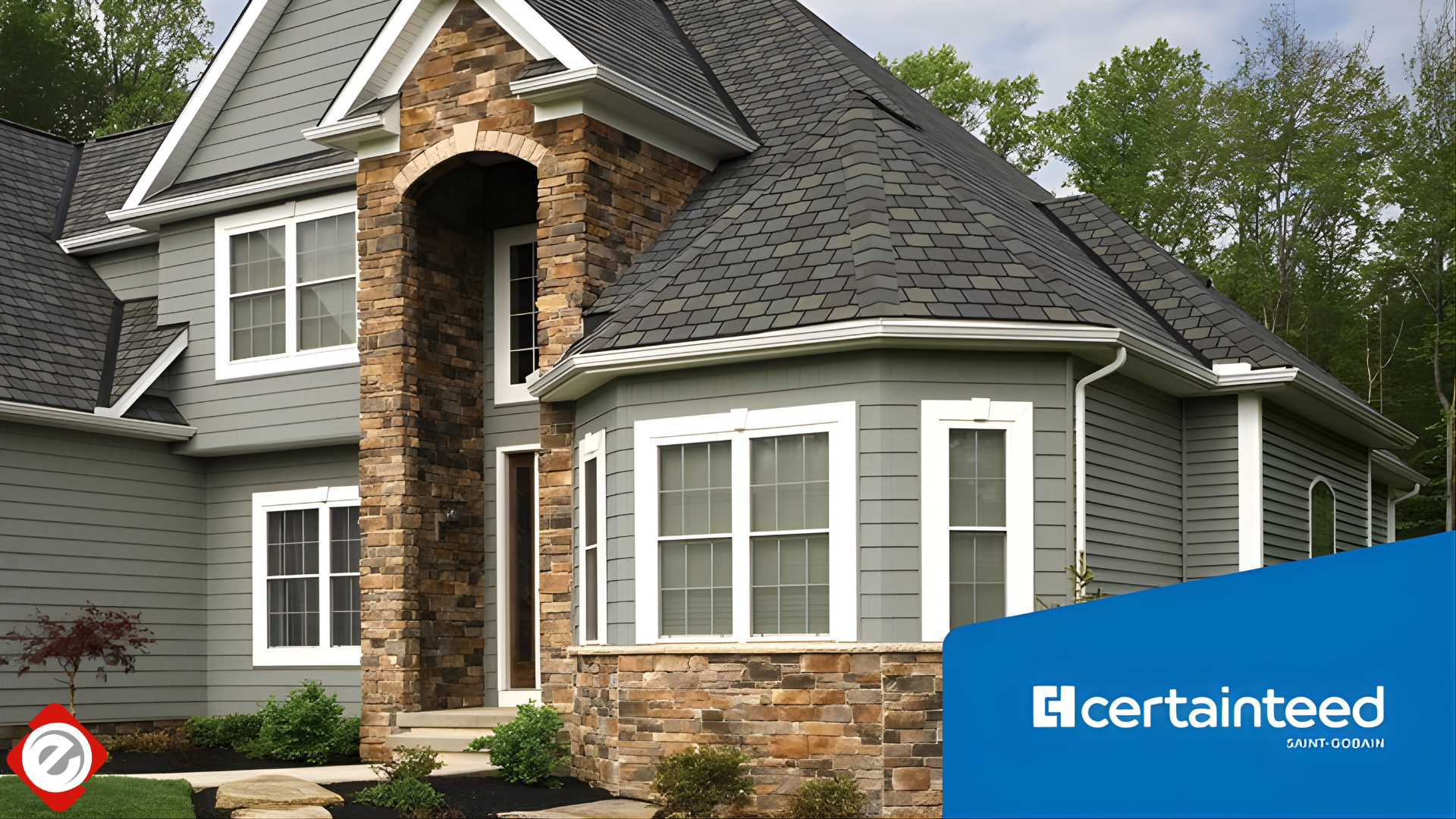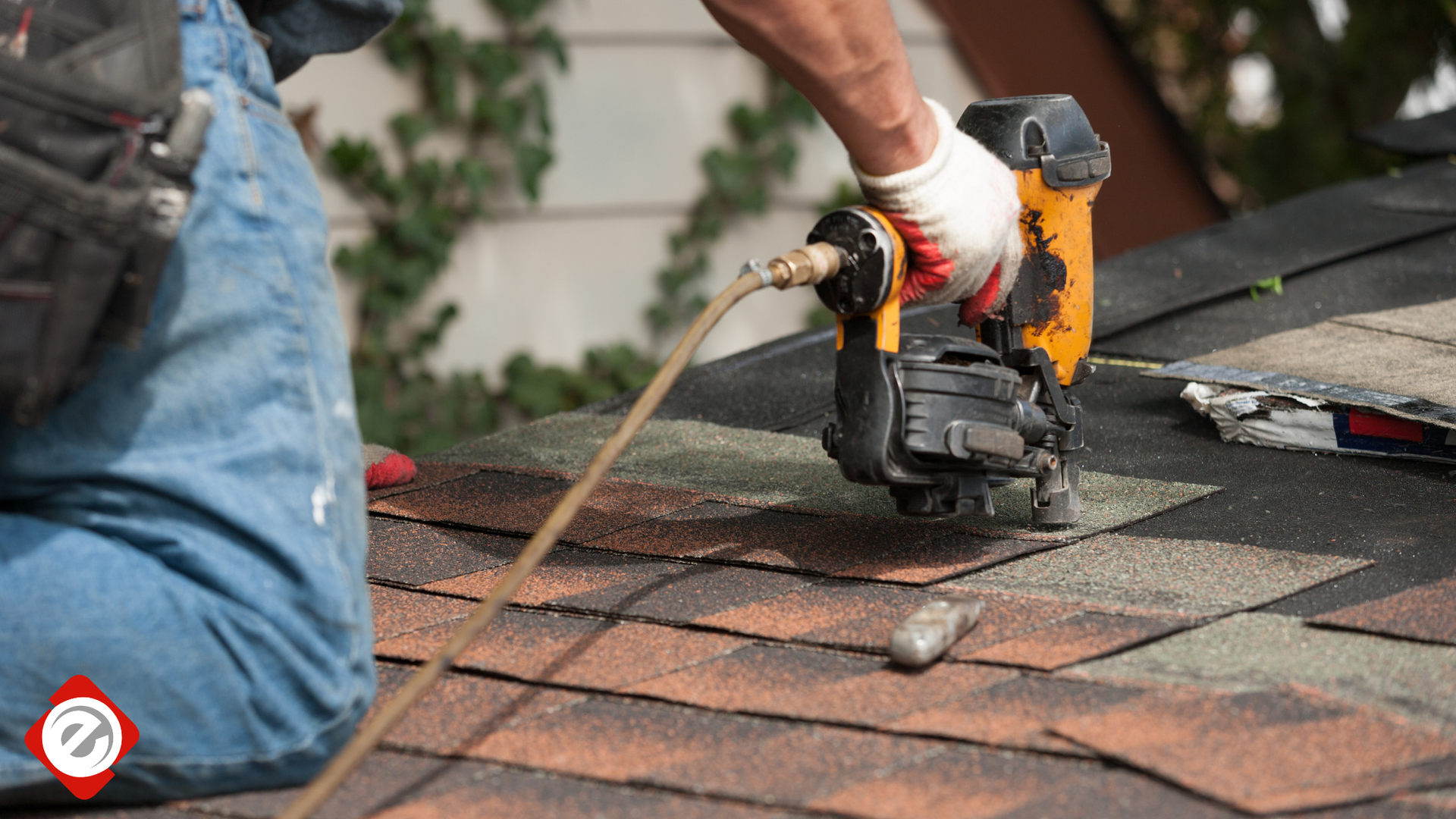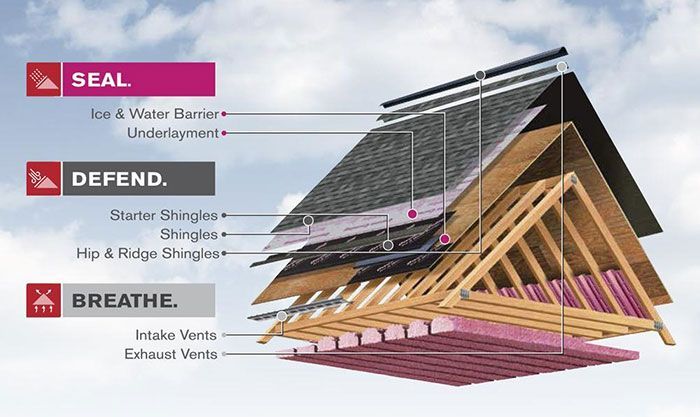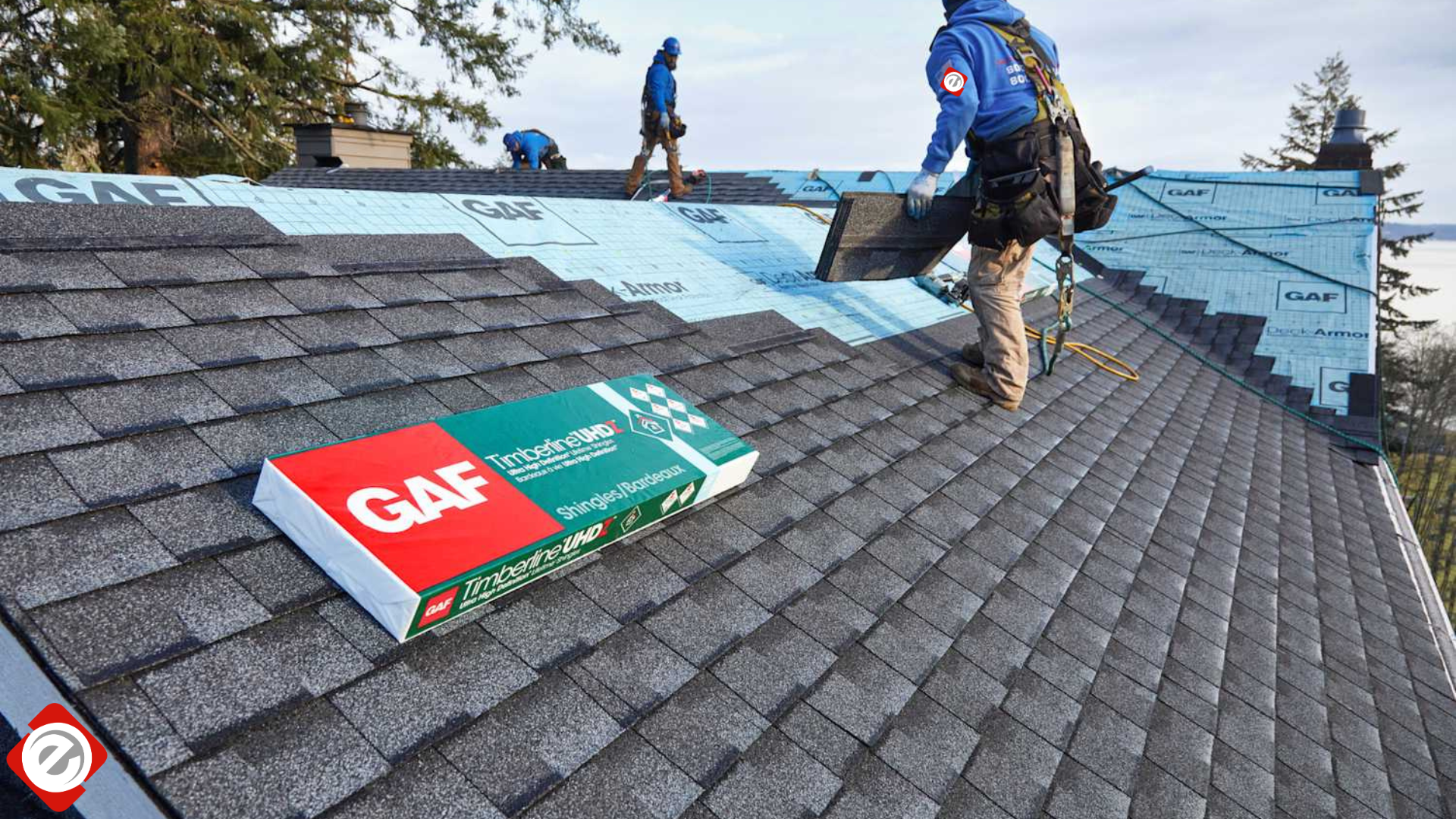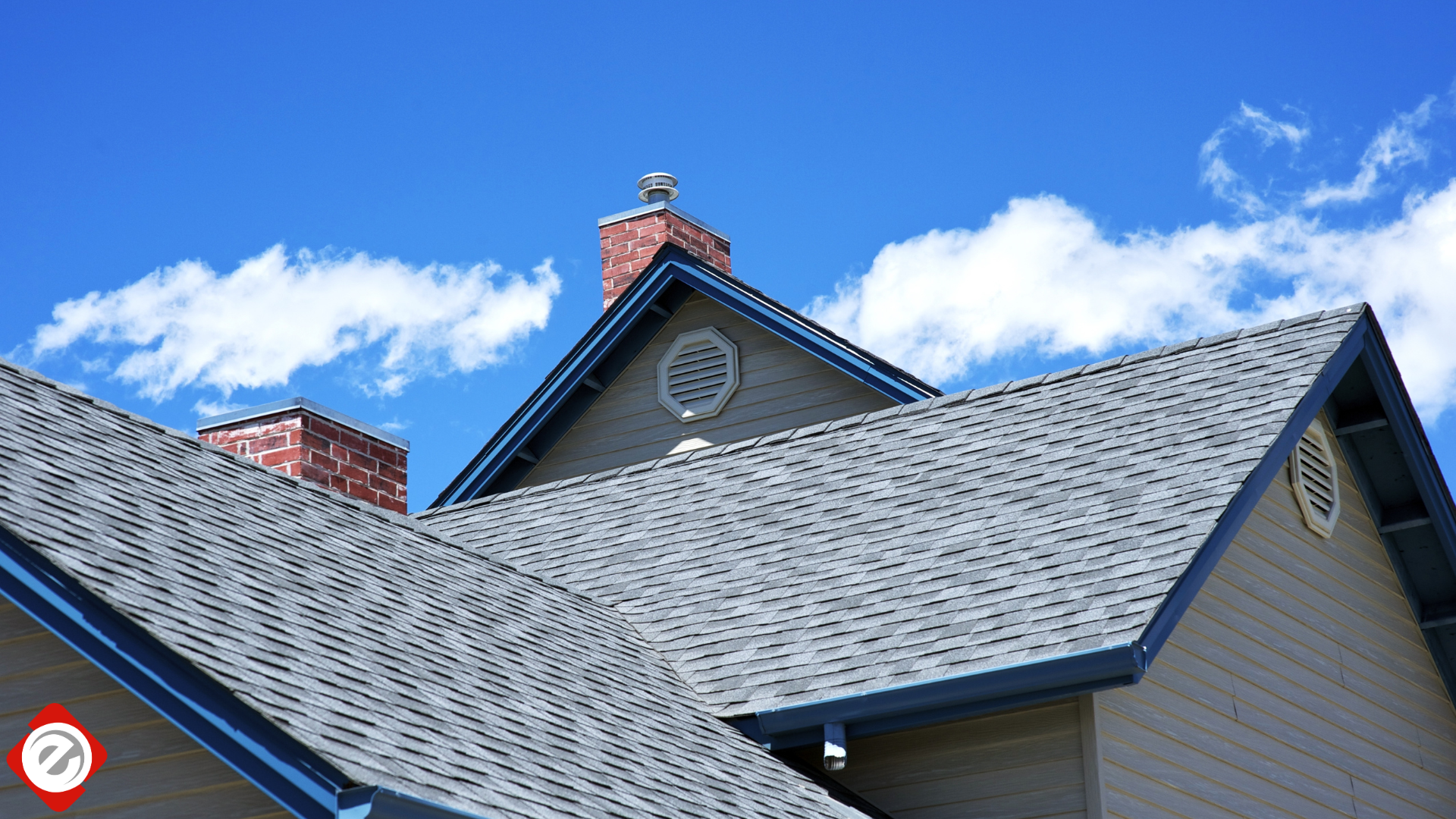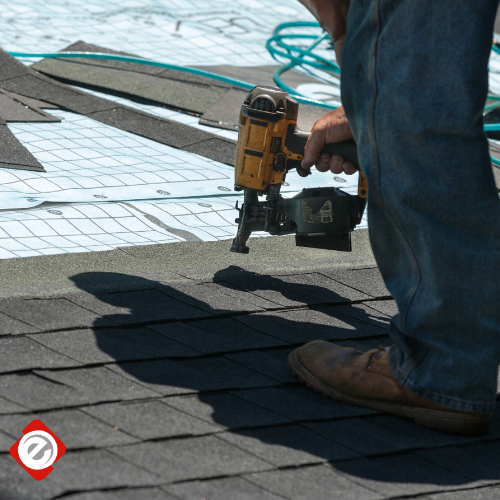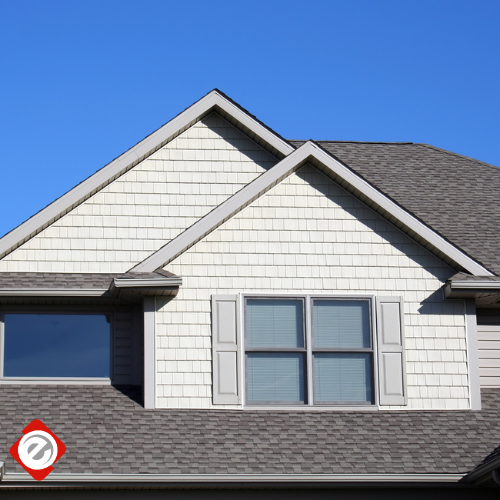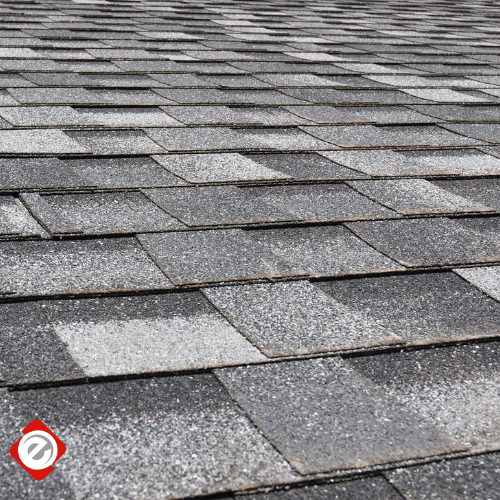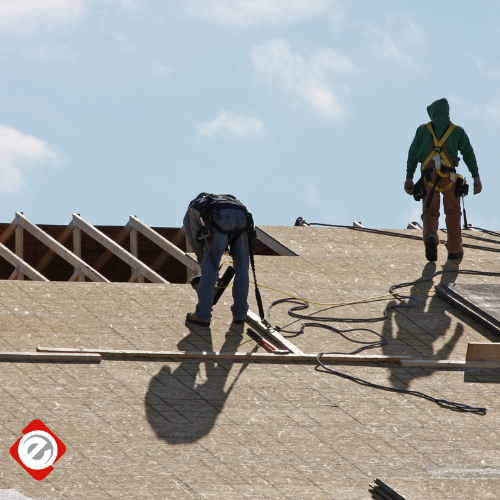econoroofing209@gmail.com
Choosing the Best Roofing Material for Your Central Valley Home
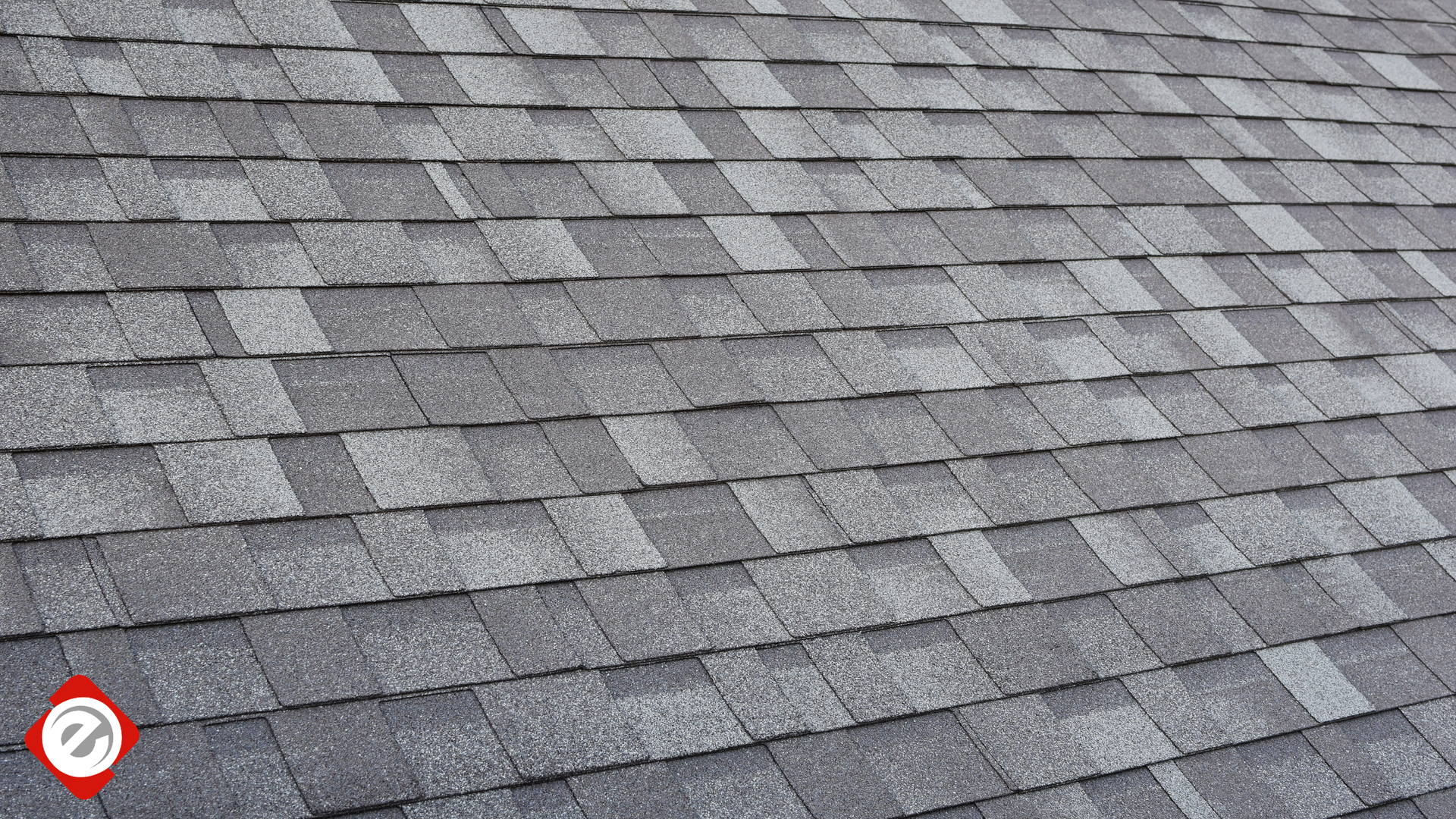
Choosing a new roof is one of the most important decisions you can make for your home. It’s an investment in protection, curb appeal, and value that will last for decades. In the Central Valley, where the climate presents unique challenges like intense summer heat and seasonal rain, selecting the right material is even more critical.
As the only GAF Master Elite®, Certainteed SELECT ShingleMaster, Owens Corning Platinum Preferred® contractor in Stanislaus and Merced counties, we've installed thousands of roofs in the area. This guide provides our expert, straightforward comparison of the three most popular
roofing materials for hot weather in the Central Valley: asphalt shingles, metal, and tile.
Which is Best for You? A Quick Guide
- For the Best Overall Value: Architectural Asphalt Shingles are the go-to for a reliable, stylish, and cost-effective solution.
- For Maximum Longevity & Efficiency: Metal Roofing is a premium, long-term investment that excels in durability and energy savings.
- For Classic Style & Durability: Clay or Concrete Tile offers a timeless, classic California aesthetic with an exceptionally long lifespan.
The Modern Standard: Architectural Asphalt Shingles
For most homes in Stanislaus and Merced counties, modern architectural shingles offer the most intelligent balance of performance, durability, and value. They are a versatile solution that fits the architectural styles common in our local neighborhoods, from classic Ranch homes to Craftsman bungalows.
| Pros | Cons |
|---|---|
| Affordability: The most budget-friendly option upfront, offering premium performance without the higher price of metal or tile. | Shorter Lifespan: The intense Central Valley sun can cause asphalt to degrade more quickly than other materials, with a typical lifespan of 20 to 30 years. |
| Versatility: Available in a wide range of colors and styles to match any home. | |
| Energy-Efficient Options: Modern "cool roof" shingles with reflective granules are available, making them an energy-efficient roofing option for Modesto that meets California's Title 24 standards. | |
| Seismic Safety: Asphalt shingles are significantly lighter than tile, placing less stress on a home’s structure during an earthquake—a key safety factor in California. |
The Lifetime Investment: Standing Seam Metal Roofing
A metal roof is a premium choice engineered for maximum longevity and efficiency. While the initial cost is higher, it is often the last roof a home will ever need.
| Pros | Cons |
|---|---|
| Exceptional Longevity: With a typical lifespan of 40 to 70 years, a metal roof is a true long-term investment. | Higher Initial Cost: The upfront investment for a metal roof is higher than for asphalt shingles. |
| Superior Energy Efficiency: Metal's natural solar reflectivity can significantly reduce heat absorption, lowering cooling costs in our hot climate. | Potential for Noise: Rain can be louder on a metal roof unless proper insulation is installed underneath. |
| Fire and Weather Resistance: Metal is non-combustible, offering one of the highest levels of fire protection. It also provides excellent resistance to high winds. |
The Classic California Aesthetic: Clay and Concrete Tiles
Tile roofing offers a timeless, distinctive look that is synonymous with California architecture, particularly for Spanish and Mediterranean-style homes. It is prized for its classic beauty and extreme durability.
| Pros | Cons |
|---|---|
| Unmatched Lifespan: Tile roofs are among the longest-lasting, with lifespans that can exceed 50 to 100 years. | Weight: Tile is extremely heavy and may require a structural assessment and potentially costly reinforcement of the roof structure to support the load. |
| Natural Heat Resistance: The mass and composition of tile provide natural insulation against heat, helping to keep homes cooler. | Highest Initial Cost: Tile carries the highest upfront cost of these three options. |
| Fire Safety: Like metal, tile is non-combustible and offers excellent fire protection. | Fragility: While durable, individual tiles can be brittle and may crack if walked on for maintenance. |
Frequently Asked Questions About Roofing Materials
What is the most energy-efficient roofing material for the Central Valley heat?
Both metal roofing and "cool roof" rated tile are excellent for reflecting solar heat. However, modern "cool roof" architectural shingles also offer very good energy efficiency and are a more budget-friendly option for many homeowners in Modesto and Merced.
Do I need to reinforce my roof to install tile?
It's possible. Tile is significantly heavier than asphalt shingles, and some homes may require additional structural support to handle the weight. As part of our process, Econo Roofing always conducts a thorough structural assessment before recommending a tile roof.
Is metal roofing noisy when it rains?
It can be, but this is easily managed. With proper insulation and underlayment installed by a professional, the sound of rain on a metal roof is significantly muffled and generally not a concern for homeowners.
How long do these materials really last in our hot climate?
The Central Valley's intense sun can accelerate aging. Architectural asphalt shingles typically last 20-30 years. Metal roofs have a much longer lifespan of 40-70 years, while clay and concrete tiles are the most durable, often lasting 50 to over 100 years.
Which roofing material offers the best long-term value?
While asphalt has the lowest upfront cost, metal roofing often provides the best long-term value due to its extended lifespan, energy savings, and minimal maintenance requirements. Tile is also an excellent long-term investment but comes with the highest initial cost.
Which material is most fire-resistant for California homes?
Metal, clay, and concrete tile roofs are all non-combustible and carry a Class A fire rating, offering the highest level of fire protection. Many modern architectural asphalt shingles can also achieve a Class A rating when installed as part of a complete roofing system. As certified installers with decades of experience in Stanislaus and Merced counties, we ensure every roof we install meets or exceeds local fire safety codes.
How well do these materials handle strong winds?
Metal and tile roofs offer superior wind resistance. However, modern architectural shingles, such as the Owens Corning Duration® series, feature patented technologies that provide wind resistance up to 130 MPH, making them a highly secure and reliable option for our region.
Ask the Experts at Econo Roofing
Choosing the right material is about balancing your budget, style, and long-term goals. For a more comprehensive look at the entire replacement process, you can review our
Homeowner's Guide to Roof Replacement in Stanislaus & Merced Counties.
The best way to make a final decision is to see high-quality samples and get a recommendation from a trusted expert who understands our local climate.
Ready to explore the best materials for your home?
Schedule a free, no-obligation consultation with Econo Roofing to see samples and get an estimate from the Central Valley's most certified contractor.





